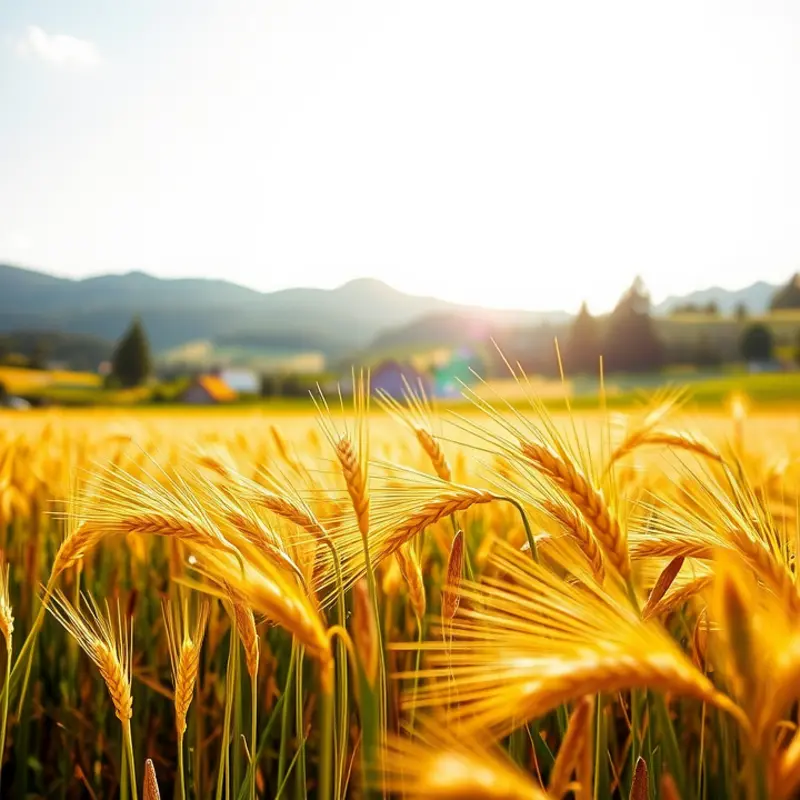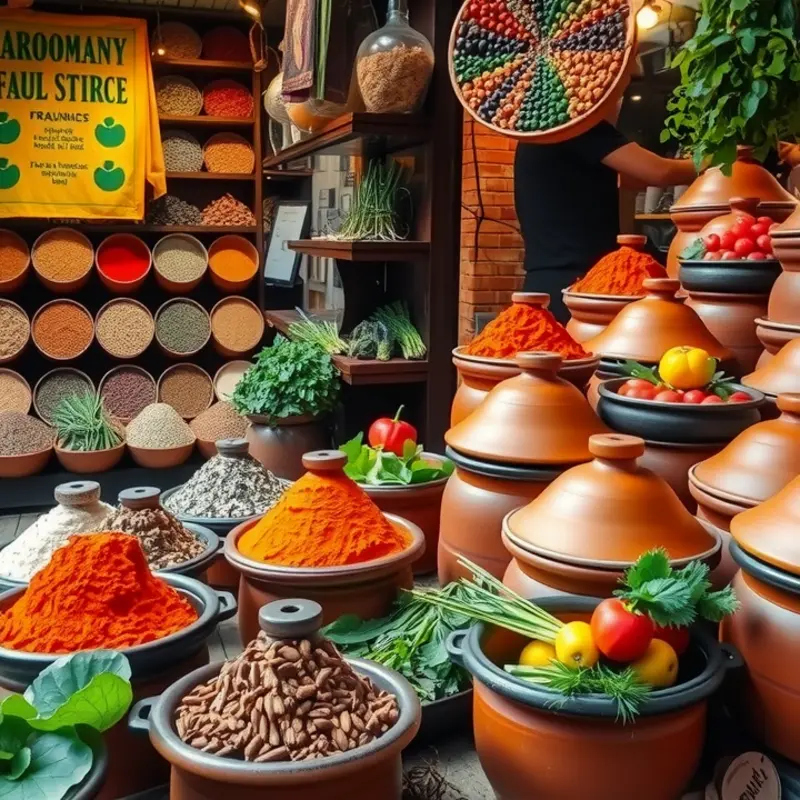Food transcends mere sustenance; it embodies history, identity, and community. Across the globe, food preparation often involves cultural ceremonies that celebrate ingredients, heritage, and togetherness. From traditional feasts loaded with symbolism to intimate gatherings focused on passing down recipes, these rituals offer a deep glimpse into various societies. Join in exploring these fascinating practices that create not just meals, but memories and connections.
The Art of Sourdough: From Generations to Loaves

Sourdough bread-making is more than just culinary craft; it’s a vital tradition connecting generations. The essence of sourdough lies in its starter—a mixture of flour and water teeming with wild yeast and bacteria found in the environment. Passed down like family heirlooms, these starters tell stories as rich as the loaves they produce.
Cities like San Francisco are famed for their distinctive sourdoughs. The fog-laden air contributes unique strains of wild yeast, giving the bread its signature tang. European countries, too, celebrate their versions of sourdough, each with regional quirks in taste and texture. Here, starters are nourished daily, nurtured with care and devotion reminiscent of tending a family garden.
The communal act of creating sourdough strengthens bonds amongst bakers. They often share techniques, offer advice, and even exchange portions of starter cultures. This exchange not only preserves tradition but also enriches the cultural tapestry of the community. Selecting the right starter demands an understanding of its family lineage and a discerning taste to match preferred flavor notes.
In making sourdough, each step is a ritual. Mixing the dough requires rhythm and precision, incorporating air and strength with each fold. Proofing the dough demands patience, allowing time for flavors to mature and textures to form. Bakers learn to read the dough, understanding its needs through touch, feel, and smell. The final bake is a celebration, transforming humble ingredients into a crusty work of art.
Seasonal changes intricately influence sourdough. Variations in temperature and humidity alter the fermentation process, requiring bakers to adjust methods and ingredients. The flour and water used, often locally sourced, carry seasonal characteristics that manifest in the bread’s flavor. Bread made with winter wheat differs significantly from that of the spring’s first harvest.
The nuances of sourdough preparation are akin to artistry, driven by both science and intuition. As bakers, knowing when to let the dough rest or when to bake demands an understanding beyond recipes. Each loaf becomes a masterpiece, reflecting the hands that crafted it and the environment it was born into.
In a world of fast-paced baking trends, the sourdough tradition offers a slower, more deliberate approach. It invites us to appreciate the simplicity of ingredients and the power of natural fermentation. For hints on similar culinary influences across trade routes, one might explore global pastry traditions here. This enduring practice not only preserves culinary heritage but also connects past and future generations through the language of shared meals.
Ceremonies of Spice: The Moroccan Tagine Experience

In the heart of Moroccan households, the preparation of a tagine is an act of both honoring centuries of culinary tradition and fostering communal bonds. It begins with selecting the perfect ingredients—a task that carries as much weight as the cooking itself. At bustling local markets, families gather around stalls vibrant with fresh vegetables, meats, and, most notably, an array of spices that define Moroccan gastronomy.
The earthenware tagine pot, iconic in its conical shape, is central to the cooking process. Its design is expertly crafted to trap steam, allowing ingredients to tenderize slowly while preserving their natural oils and flavors. This method infuses the dish with a depth that reflects the complexity of Moroccan culture itself.
Spices are the soul of the tagine creation. Each blend is unique, tailored to family traditions passed down through generations. The use of cumin, coriander, and the aromatic luxury of saffron provides warmth and richness, creating a harmonious balance of flavors. These spices transform simple ingredients into a culinary masterpiece.
Back home, the kitchen becomes a hub of activity, with everyone playing an essential role. One family member meticulously layers vegetables and meat in the tagine pot, while another grinds spices using a traditional mortar and pestle. Simultaneously, tales of ancestors and stories of past celebrations are exchanged, each narrative adding an intangible layer to the cooking process.
This is more than mere meal preparation—it’s a celebration of heritage, mirrored in the sensory tapestry that each family member contributes to. Cooking a tagine is an exercise in patience and precision. The pot sits on a gentle flame, allowing time for each element to meld into a dish that is as vibrant as the cityscape itself. The tagine is left to simmer, teasing the air with its fragrant promise.
As the sun dips below the horizon, the anticipation culminates in a shared meal, presented in the center of a warmly lit gathering. It’s not just nourishment, but a ritual that transcends the act of eating. Invoking a deep sense of hospitality and togetherness, the meal is served directly from the communal pot. Each bite carries with it the shared efforts and stories woven through the hours spent in collaboration.
The experience of preparing and enjoying a Moroccan tagine embodies an important aspect of culinary rituals, where the act of cooking is synonymous with cultural identity and togetherness. For those wishing to create similar experiences in their own kitchens, exploring sustainable ingredient selection can further enhance the connection to these global traditions. Consider reading more about eco-smart kitchen storage practices to ensure preservation of fresh ingredients here.
Final words
Culinary traditions around the world illustrate the deep connection between food, culture, and community. Whether it’s the time-honored practice of sourdough bread-making or the vibrant ceremonies surrounding Moroccan tagine preparation, these rituals celebrate heritage while bringing people together. As you explore these rich traditions, may you feel inspired to incorporate elements of these practices into your cooking, creating not just meals but cherished memories. Embrace the stories behind your favorite dishes and the cultural significance they represent, enriching your culinary journey.








